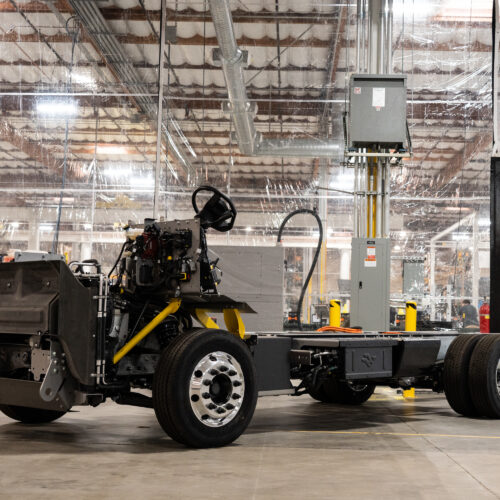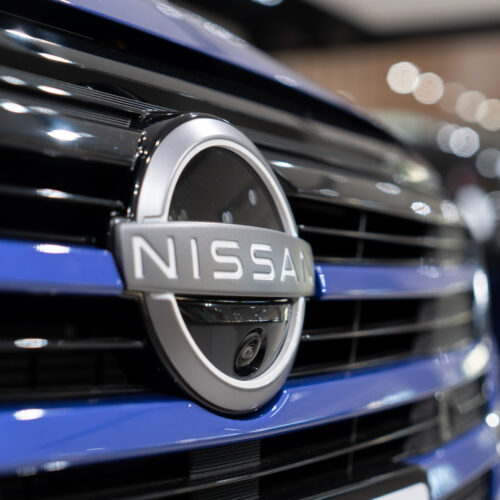The seemingly indestructible fists of the mantis shrimp can take a punch
The mantis shrimp comes equipped with its own weapons. It has claws that look like permanently clenched fists that are known as dactyl clubs. But when it smashes the shells of its prey, these fists come out of it undamaged.
When throwing punches, mantis shrimp can strike at the speed of a .22 caliber bullet (about 1,316 kmph or 818 mph)—one of the fastest movements in the animal kingdom. That generates a force over a thousand times their body weight. However, unleashing that much energy can backfire because the shockwaves it produces could seriously damage an animal’s soft tissue. None of that seems to affect the mantis shrimp. Now we finally know why.
When a team of researchers from Northwestern University studied the dactyl clubs of one mantis shrimp species, they found that they have layered structures that selectively block sound waves, acting as protective gear against vibrations that could otherwise harm the shrimp. These types of structures, known as phononic mechanisms, filter out sound waves that could otherwise cause nerve and soft tissue trauma.


© Giordano Cipriani



















